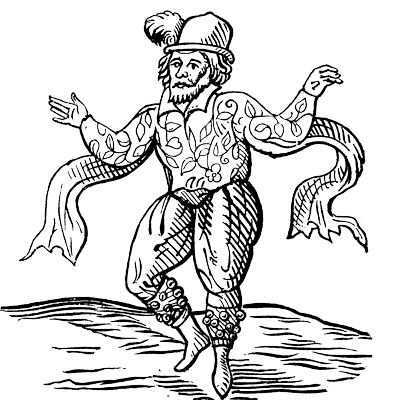Venue Type & Location
Performance Spaces
Overview
The local Heavitree redstone palace was located at the SE corner of the cathedral in beautiful grounds stretching to the city wall. Approached from South Street through a 14th c. arched gatehouse.
The palace has been substantially remodelled over the centuries. The S facade is much altered but the lower part of the 14th c. porch remains, as well as an early 13th c. inner doorway and 2 13th c. buttresses on the N side of the former hall.
Performance History
A probable performance venue. The medieval bishops of Exeter had several residences in Devon, including their seat at Exeter. Although relevant household records have not survived, entertainers patronized by Bishops Lacey and Alley appeared elsewhere in the 15th and 16th c.
Current Status
Website
History of the Venue
1224--44 Hall block with service rooms to the E, a chapel and private solar built for Bishop Brewer.
1290 Licence to crenellate granted to Bishop Quinil.
early 14th c. Chamber added at the W end of the hall above the solar by Bishop Bytton (1292--1307). Bishop Grandisson (1308--26) added a further fine apartment at the extreme W end.
1380--1400 Porch to the great hall built at SE end.
early 16th c. Upper storey added to the porch by Bishop Oldham (1504--19).
1646 Palace sold to the city of Exeter.
1651 Palace sold again to the Governors of the Hospital of St John. Leased for use as a sugar refinery.
1662 Palace regained and repaired by Bishop Ward.
1762--4 Decayed great hall renovated by Bishop Keppel. Roof and S wall dismantled and S wall rebuilt without buttresses, 6' further S. New E wall built on the line of the former screens, decreasing the length. 4 new reception rooms created and a double roof added. Service rooms converted to chaplain's apartment. 15th c. fireplace relocated from Grandisson's parlour to 1 of the new rooms. Windows renewed and ceiling lowered to create an upper storey.
1812 Former service wing dismantled.
1845--6 Extensive renovations in neo-Gothic style for Bishop Philpotts by the Ecclesiastical Commissioners under the direction of Ewan Christian. W wing largely rebuilt. The 15th c. chapel was kept but the W wing (formerly the bishop's private apartments) was reduced and converted for office use. A 15th c. 2-storey oriel window from Elyot's House, Exeter, inserted at the SW end of the former hall as well as heraldic glass in the dining room from a house in the cathedral yard.
1848 3rd storey with an embattled parapet added to the porch by Ewan Christian.
1870s Further alterations for Bishop Temple by William Butterfield.
1948 Remodelled and modernized.
Record Source
REED Devon 31, 43, 64, 96, 235
Patrons who owned this venue
| Name | Date | Titles |
|---|---|---|
| Alley, William | 1511-1570 | |
| Lacey, Edmund | 1370-1455 | |
| Neville, George | 1432-1476 | |
| Turberville, James | 1495-1570 |
Bibliographic Sources
- Blaylock, Stuart. 'The [Exeter] Bishop's Palace.'. The Exeter Area: Archaeological Journal 147 (1990) supplement: 41--5.
- Chanter, John Frederick. The Bishop's Palace Exeter and its Story. London: SPCK, 1932
- Cherry, Bridget, and Nikolaus Pevsner. Devon. London: Penguin Books, 1989
- Gray, Todd. The Garden History of Devon: An Illustrated Guide to Sources. Exeter: U of Exeter P, 1995
- Hooker, John. Isca Damnoniorum ... Latine Exonia, Anglice Exeancestre vel Exestre at nunc vulgo Exeter.... London: npub, 1587

